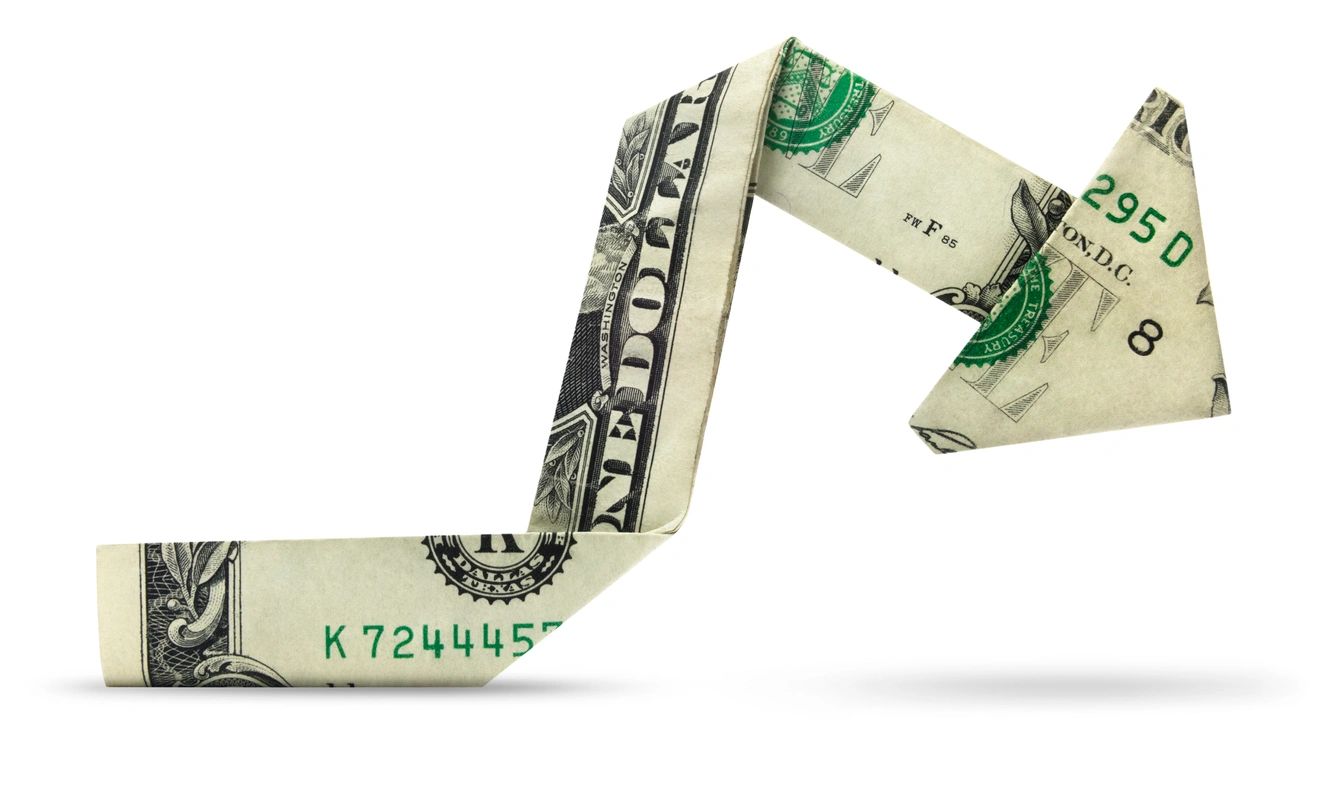In the face of turbulent markets, investors tend to instinctively retreat to what they consider the “safe haven” of cash. But while the allure of liquidity and capital preservation is undeniably appealing, the strategy of switching to cash during market volatility may not be as prudent as it seems.
In the late 19th century, when the U.S. was on the gold standard and banknotes were essentially receipts for gold, moving to cash was indeed a risk-averse move. But since the collapse of the Bretton Woods system in 1971, the nature of money itself has fundamentally changed. Paper currency is no longer backed by gold or any other physical asset. Instead, its value is largely determined by the confidence of its users – a faith that can be eroded by inflation, deficit spending, and the monetary policy of the central bank.
Hence, holding cash, especially in large amounts or for extended periods, is not as risk-free as one might imagine. Today, we are facing an inflation rate of 4.98%, down from 6.04% last month, and significantly lower than the peak of 8.54% we experienced last year. This heightened inflation rate has been eroding the purchasing power of money at a rate far greater than the Federal Reserve’s 2% target, prevalent until at least 2021. This means that if you held $100 a year ago, it would buy you roughly what $91.46 could buy today. This is a clear example of how inflation, though it has eased in recent months, remains a potent and relentless form of wealth erosion.
Moreover, maintaining a large cash position means missing out on potential returns from other asset classes, particularly equities. Historically, despite periods of volatility and even severe crashes, the stock market has trended upward over the long term. The S&P 500, for instance, has yielded an average annual return of about 10% since its inception. By comparison, the yield on cash, particularly in the low interest rate environment that has prevailed for over a decade, is virtually nil.
There’s also the matter of timing. Market timing, despite its allure, is a game fraught with peril. Predicting the optimal time to exit and re-enter the market is an endeavor at which even seasoned investors often fail. By moving to cash during a downturn, one runs the risk of missing the eventual upswing, thus locking in losses and missing out on gains.
I am not advocating for reckless risk-taking or dismissing the importance of maintaining a cash buffer for emergencies and opportunities. There is wisdom in the old saying: “Cash is king.” But as with all forms of power, it must be used judiciously.
Rather than reacting to market volatility with a knee-jerk flight to cash, investors would be better served by adopting a long-term perspective and a diversified portfolio strategy. This approach provides insulation from market swings and reduces the temptation to make ill-timed investment decisions based on short-term market movements.
In the final analysis, the allure of cash during market volatility is understandable but often illusory. Like the Sirens of Greek mythology, the supposed safety of cash can lead the unwary investor onto the rocks of lost opportunity and diminished purchasing power. It is critical to resist this siren song and navigate with a clear, steady course based on sound investment principles. After all, the aim is not simply to preserve wealth, but to grow it.



